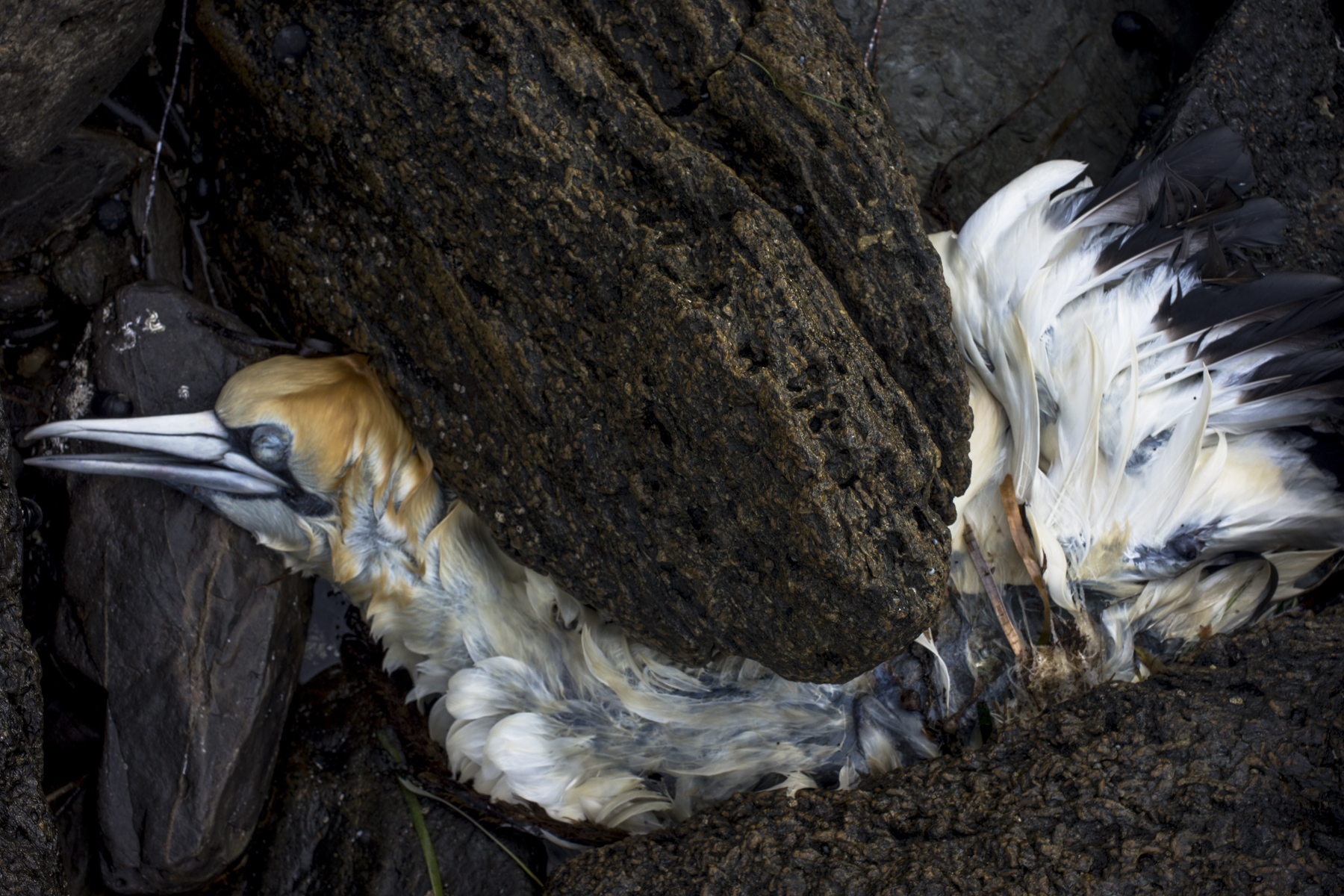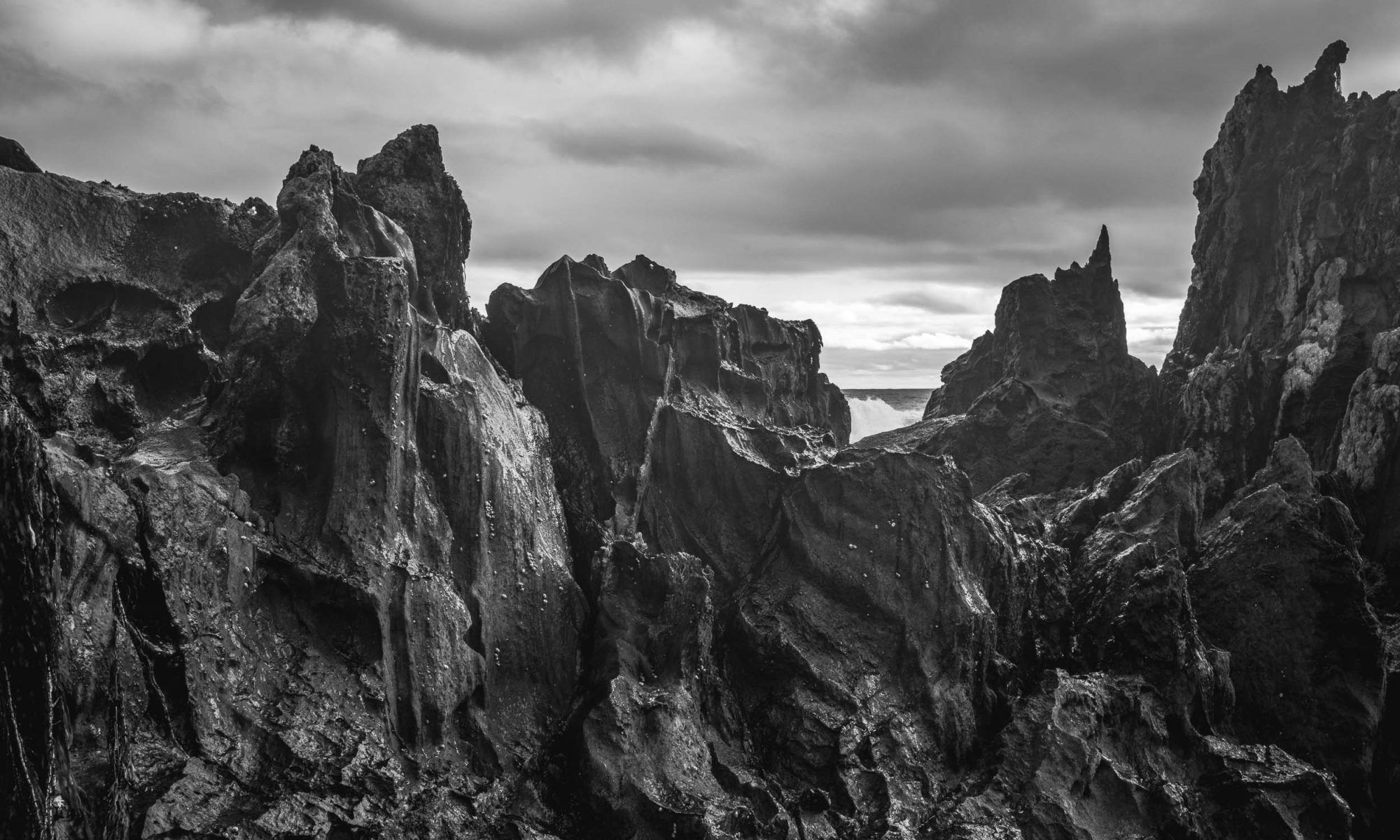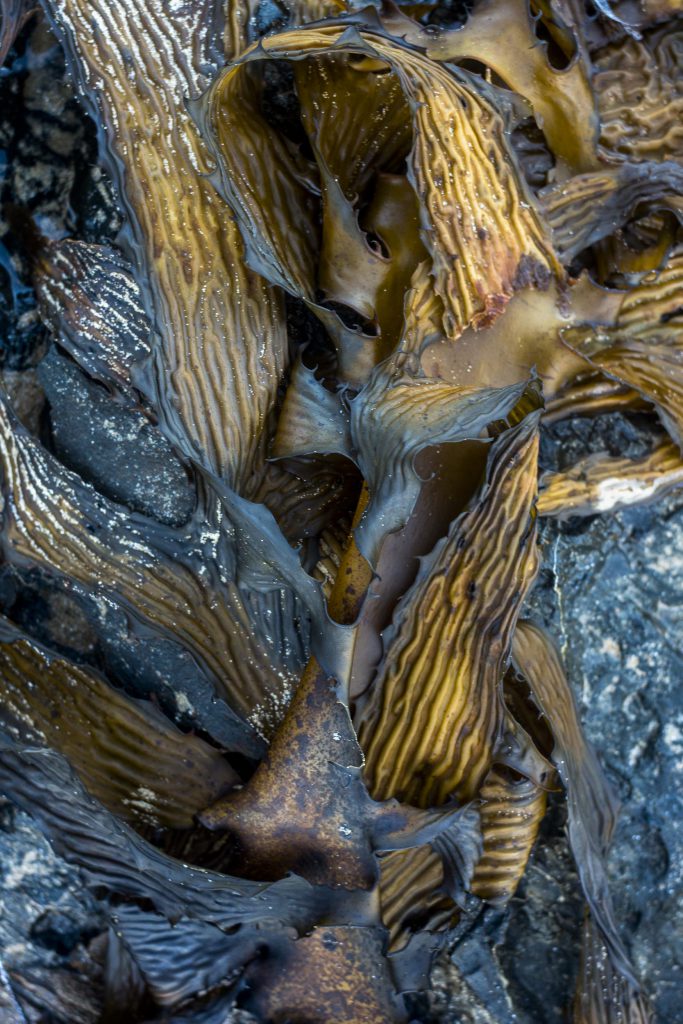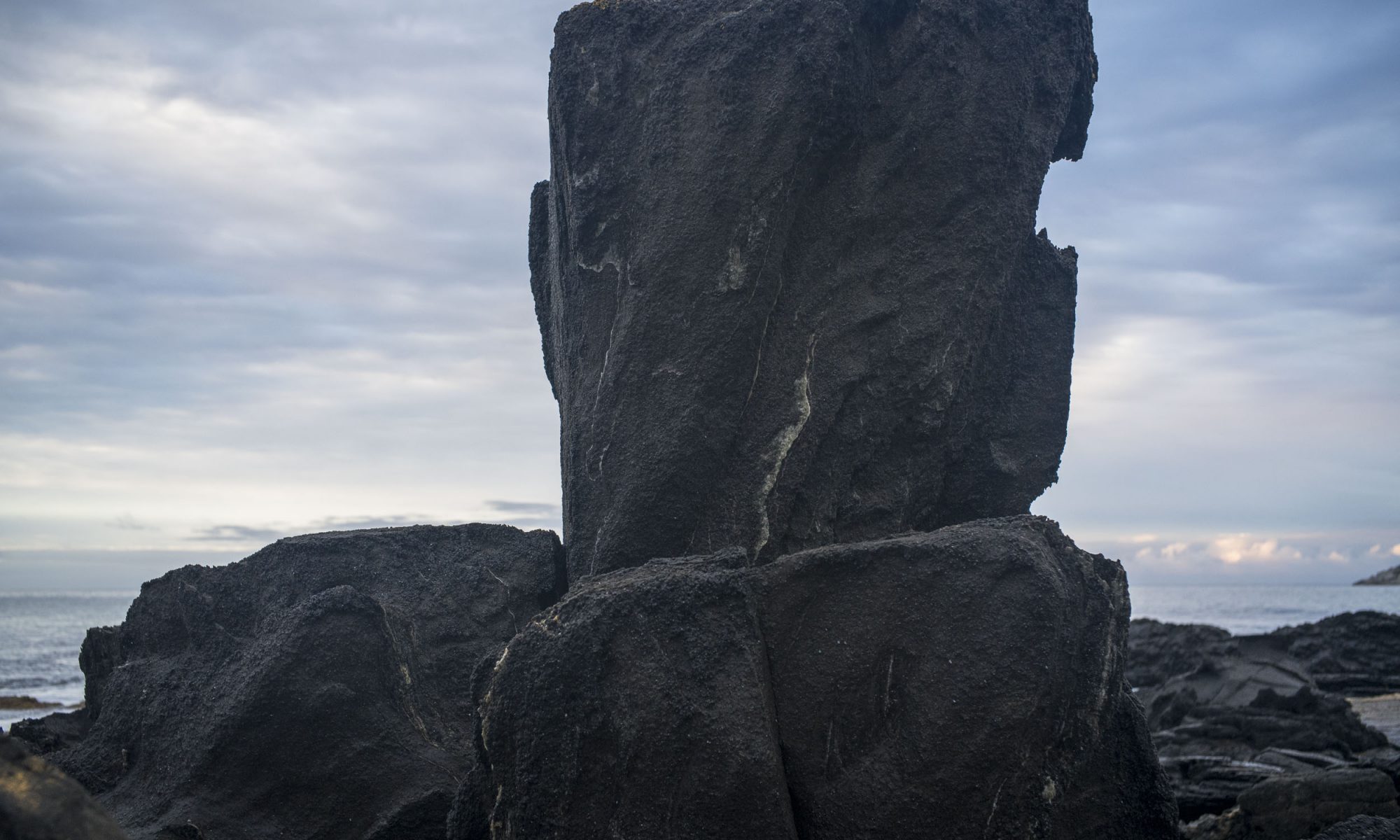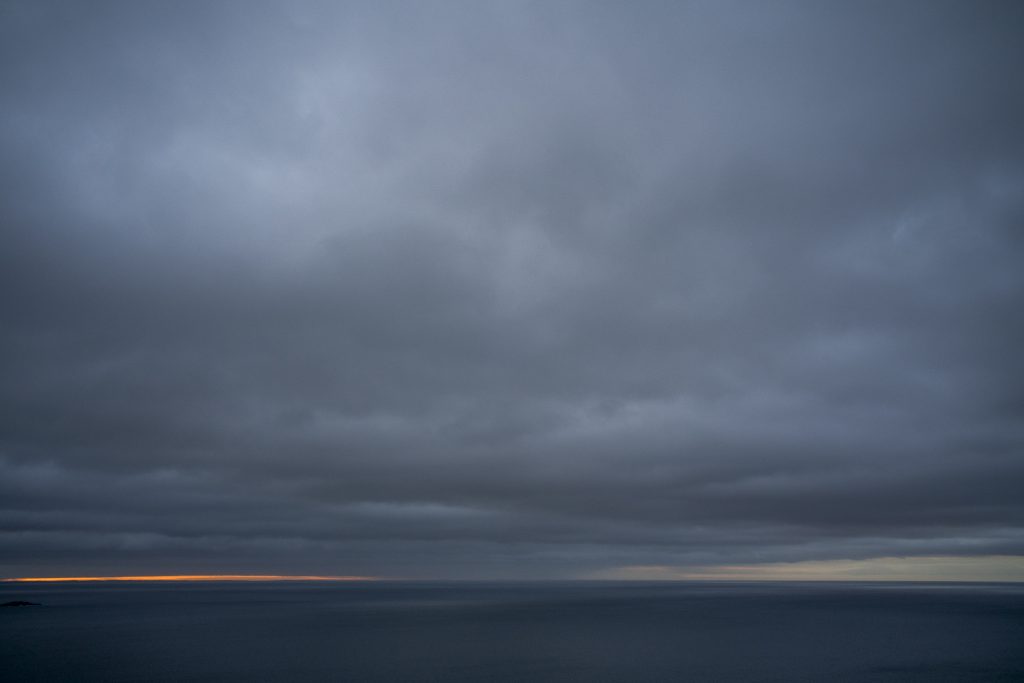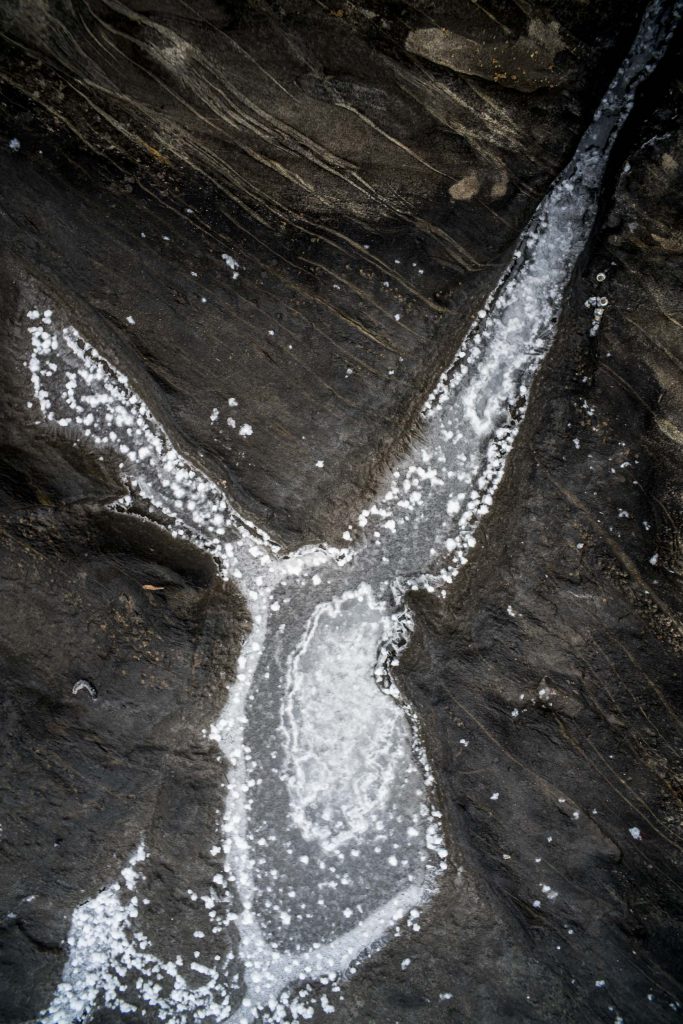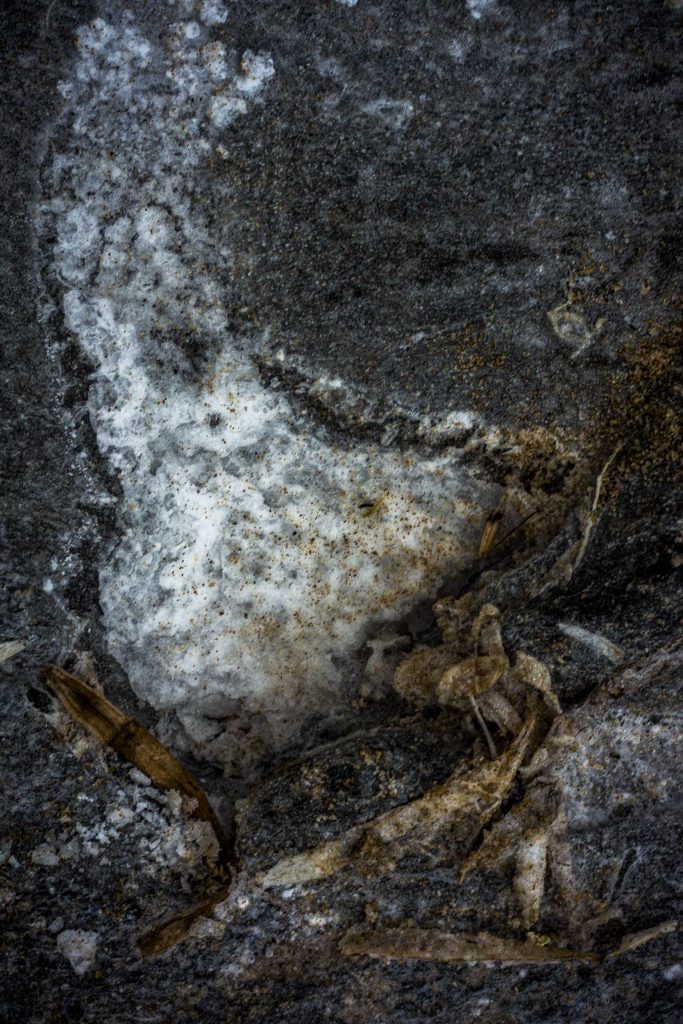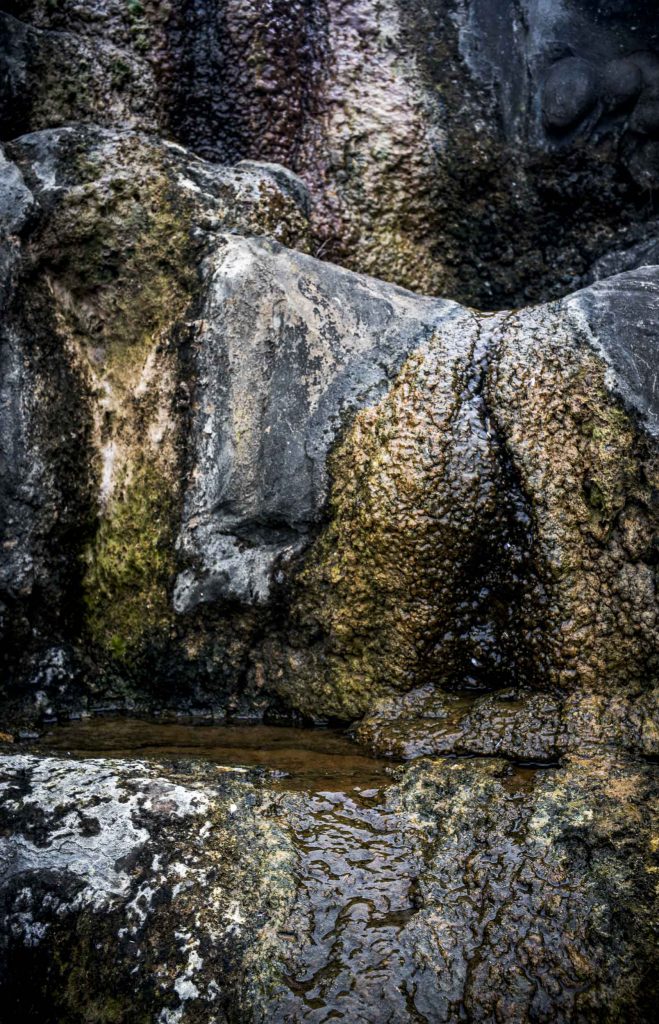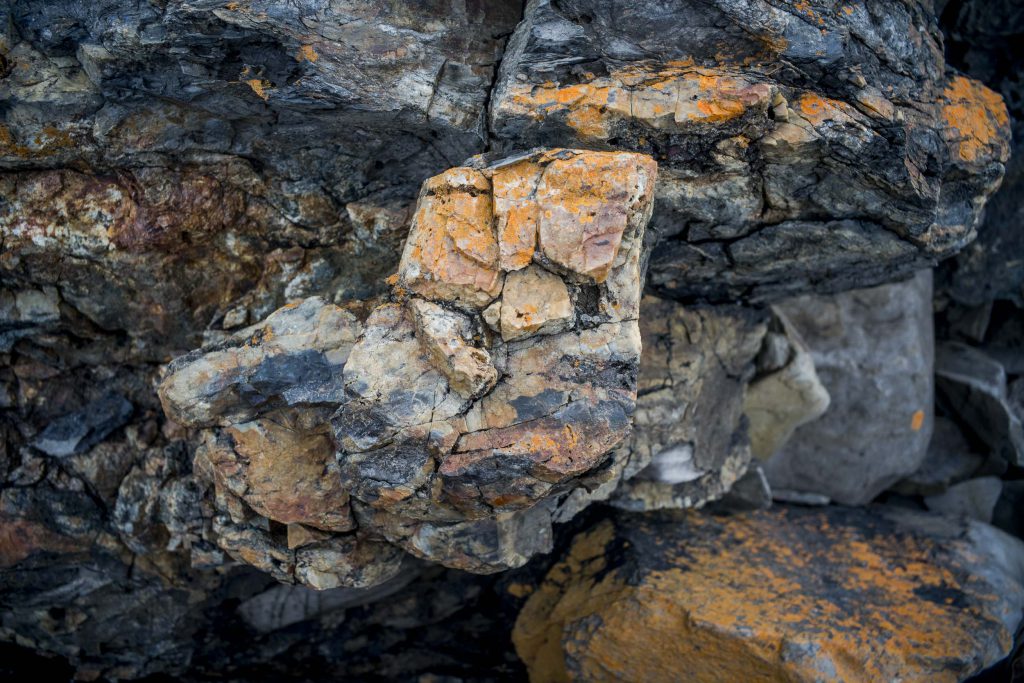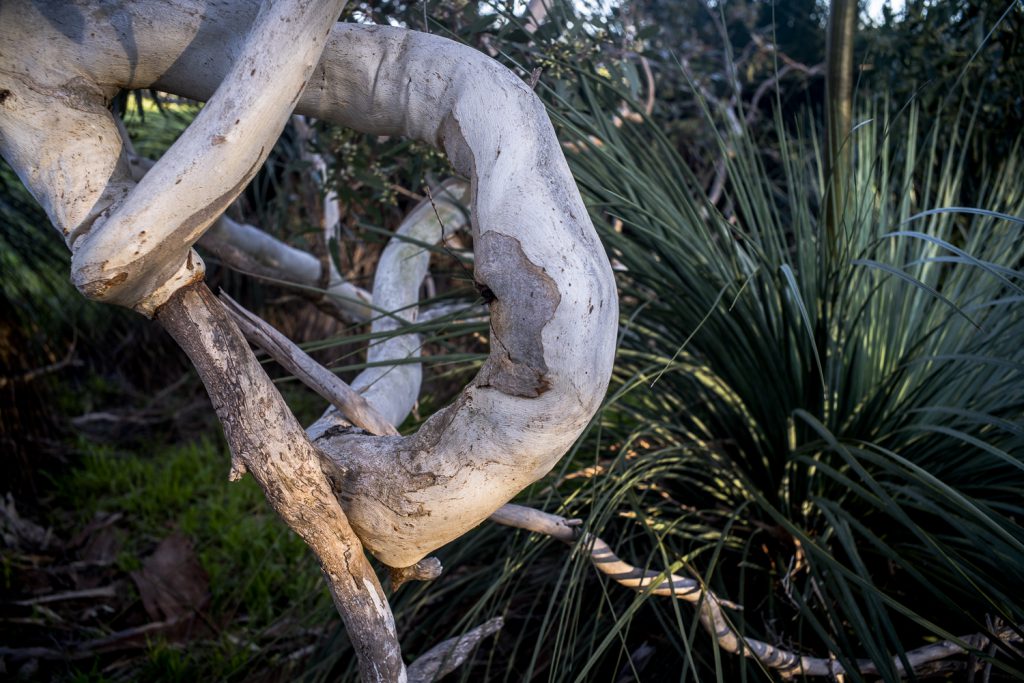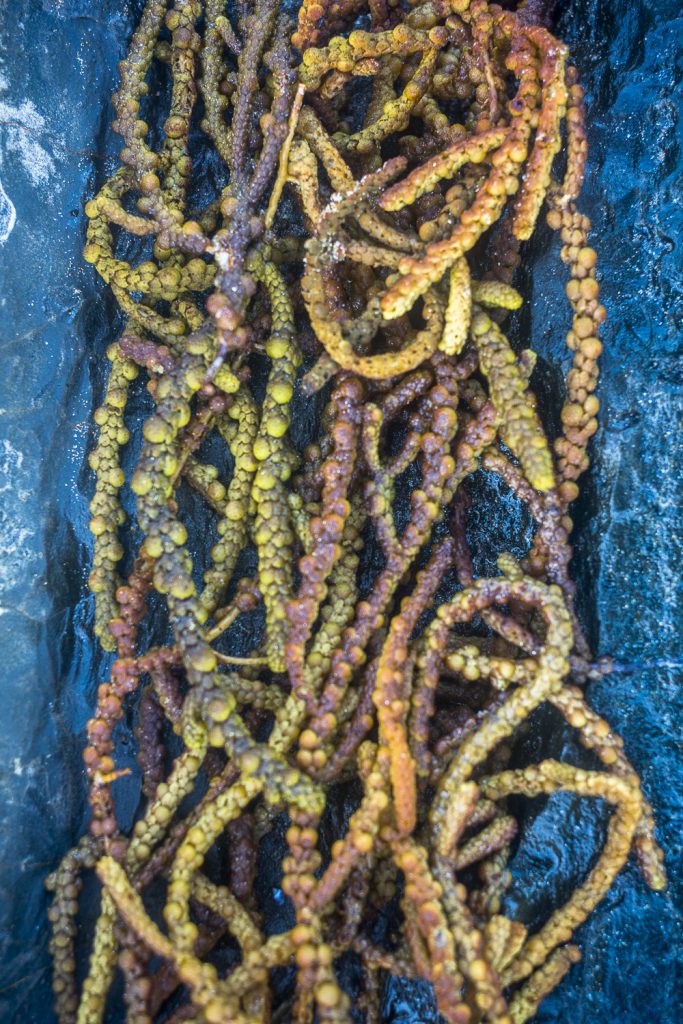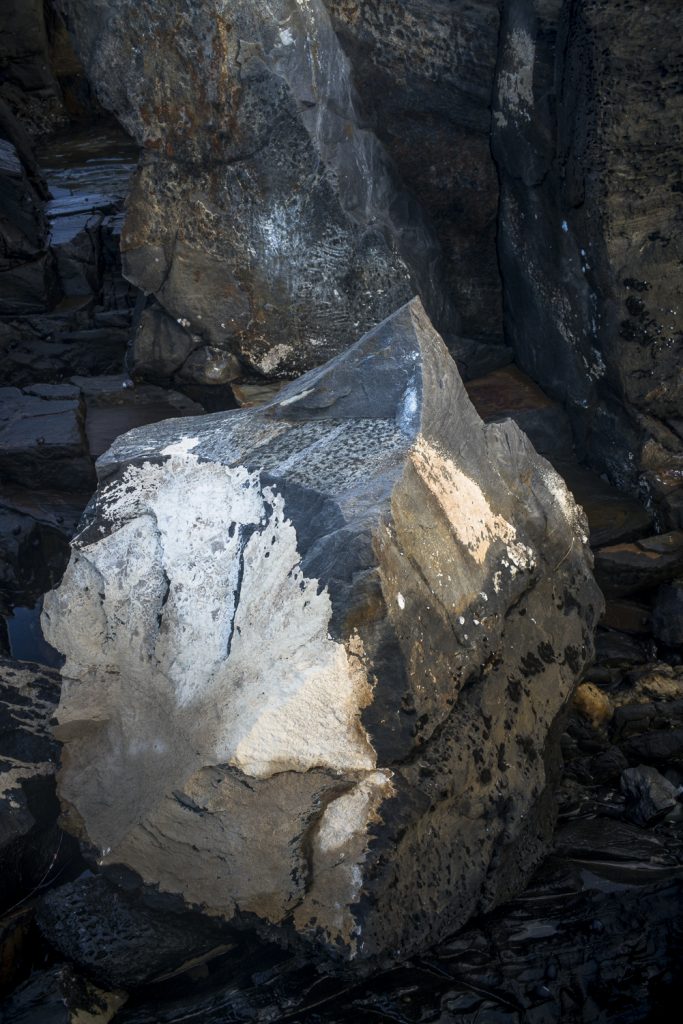In the last month or so I have avoided most of the poodlewalks that Kayla and I regularly did together in the early morning. I have avoided the local Waitpinga bushland completely as the memories are too painful. Currently, on my morning walks, I am only walking in places that Kayla and I would rarely explore.
I did walk along the Victor Harbor beach towards Bridge Point and the mouth of the Hindmarsh River with Suzanne and Maleko last Friday morning (2nd December). Surprisingly, the mouth of the Hindmarsh River was open and there was still a strong flow out to the sea.
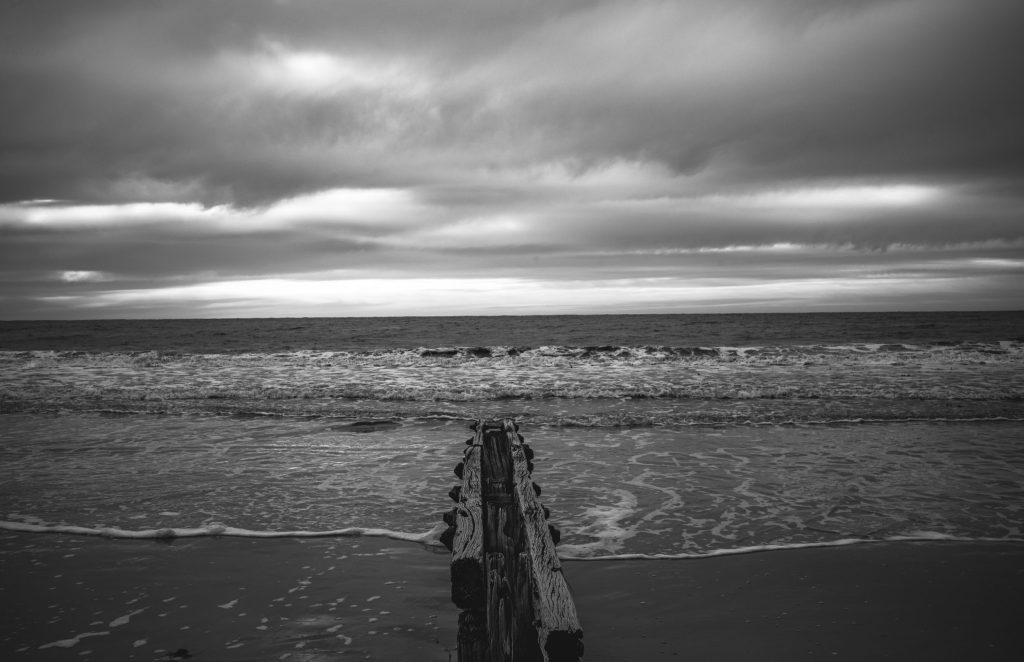
Suzanne would regularly do this walk with Kayla and her friend from Goolwa — Jane and Scally, her standard poodle. Jane was sick that Friday so I filled in. The Friday walk concludes with coffee and banana bread at Qahwa at 8am.
